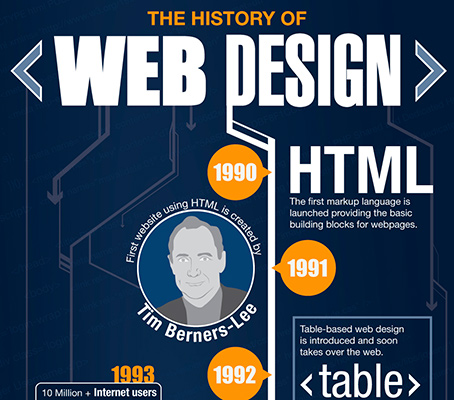Fundamental Facets Of Web Design: Standards For Establishing A User-Centric Site
Fundamental Facets Of Web Design: Standards For Establishing A User-Centric Site
Blog Article
Created By-Hall Ehlers
When it concerns web site design, making certain user-friendliness is key. From responsive style to streamlined navigation, every element plays a vital duty in creating a website that accommodates your audience's needs. But what concerning the better information that can make or break a customer's browsing experience? Keep tuned as we reveal some often-overlooked suggestions that can elevate your internet site's use to the next level, making it really stand apart in the digital landscape.
Value of Responsive Style
Responsive style is a critical aspect of contemporary internet site advancement. Ensuring your website is responsive methods that it can adapt to various screen dimensions and tools, giving a smooth experience for users.
With the increasing use smartphones and tablet computers to access the internet, having a receptive design is important for getting to a wider audience. It helps in boosting individual experience by making your website simple to browse and read on any kind of tool.
Furthermore, receptive layout can positively affect your online search engine rankings, as search engines like Google prioritize mobile-friendly internet sites. By having a responsive design, you're likewise future-proofing your site, as brand-new devices with varying display sizes remain to emerge.
Simplify Navigating Framework
To enhance customer experience and promote simple accessibility to information on your internet site, improving the navigating structure is extremely important. When developing your site, focus on producing a clear and user-friendly navigation menu that assists site visitors discover what they're looking for quickly.
Restriction the variety of food selection products to the essentials, grouping associated web pages with each other to prevent frustrating users. Use detailed labels that plainly show the material of each web page, making it easier for customers to understand where each link will take them.
Consider carrying out dropdown food selections for subcategories to prevent littering the main navigating bar. Additionally, include a search bar prominently on the page for customers who favor searching for particular info.
Prioritize mobile responsiveness in your navigating layout to make certain easy access on all gadgets.
Maximize Page Lots Rate
Improving web page load speed is vital for maintaining visitors on your site. Slow-loading pages annoy customers and can cause high bounce rates. To maximize page tons rate, start by enhancing images. Compress photos without endangering top quality to decrease their file dimensions.
Additionally, make it possible for web browser caching to save often accessed resources in your area, accelerating lots times for returning site visitors. Minify CSS, JavaScript, and HTML data by getting rid of unneeded characters, remarks, and formatting, enhancing load speed.
Consider using seo engine optimization seo (CDN) to distribute your website's material throughout numerous web servers worldwide, minimizing latency for individuals accessing your site from different places. Lastly, limit using third-party scripts and plugins, as they can dramatically influence lots times.
ada web accessibility guidelines
In conclusion, by including receptive design, simplifying navigation, and enhancing page load speed, you can create an user-friendly internet site that appeals to a bigger audience and boosts customer experience. These essential elements make sure that visitors can conveniently accessibility and navigate your site across various tools, bring about enhanced involvement and satisfaction. By focusing on these essential facets, you can construct a successful internet site that keeps customers returning for more.
